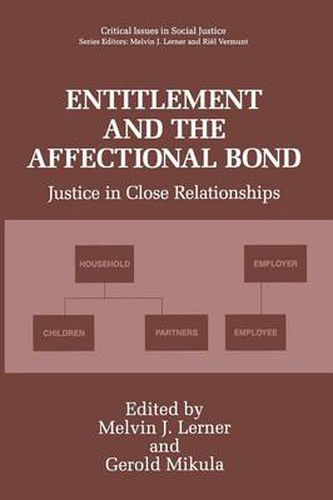Readings Newsletter
Become a Readings Member to make your shopping experience even easier.
Sign in or sign up for free!
You’re not far away from qualifying for FREE standard shipping within Australia
You’ve qualified for FREE standard shipping within Australia
The cart is loading…






This title is printed to order. This book may have been self-published. If so, we cannot guarantee the quality of the content. In the main most books will have gone through the editing process however some may not. We therefore suggest that you be aware of this before ordering this book. If in doubt check either the author or publisher’s details as we are unable to accept any returns unless they are faulty. Please contact us if you have any questions.
If the truth were told, this volume and its direct antecedents must rank among the most ambitious, if not simply pretentious, endeavors imag inable, at least in the social sciences. The titles of the volume and the chapters, promising to integrate the experiences of the sense of justice and the affectional bonding of people in close relations, seem straightforward and reasonable enough. What they fail to convey, however, is the simple bald fact that we in the human social sciences have no firm grasp on either of these two fundamental experiences-what we sometimes call love and justice.
To begin with, even as scientists committed to under standing based upon systematic propositions linking publicly observable concepts, we have no clear consensus concerning the nature of the affec tional bonds linking people in close relationships-love, intimacy, caring, mutual responsiveness, or the sense of justice, fairness, deserving, and in our efforts to under entitlement. And we are continually handicapped stand these complex, moving experiences by the persistent tendency to reduce them to manifestations of, nothing but, familiar psychological or even biological processes- secondary rewards,
selfish genes.
So, why then this volume? Although there are many answers to the question, probably the most germane is that the basic issues are so im portant and intriguing that the recent past has seen rather dramatic paral lel growth in social scientists’ interest in these two areas-justice and close relationships.
$9.00 standard shipping within Australia
FREE standard shipping within Australia for orders over $100.00
Express & International shipping calculated at checkout
This title is printed to order. This book may have been self-published. If so, we cannot guarantee the quality of the content. In the main most books will have gone through the editing process however some may not. We therefore suggest that you be aware of this before ordering this book. If in doubt check either the author or publisher’s details as we are unable to accept any returns unless they are faulty. Please contact us if you have any questions.
If the truth were told, this volume and its direct antecedents must rank among the most ambitious, if not simply pretentious, endeavors imag inable, at least in the social sciences. The titles of the volume and the chapters, promising to integrate the experiences of the sense of justice and the affectional bonding of people in close relations, seem straightforward and reasonable enough. What they fail to convey, however, is the simple bald fact that we in the human social sciences have no firm grasp on either of these two fundamental experiences-what we sometimes call love and justice.
To begin with, even as scientists committed to under standing based upon systematic propositions linking publicly observable concepts, we have no clear consensus concerning the nature of the affec tional bonds linking people in close relationships-love, intimacy, caring, mutual responsiveness, or the sense of justice, fairness, deserving, and in our efforts to under entitlement. And we are continually handicapped stand these complex, moving experiences by the persistent tendency to reduce them to manifestations of, nothing but, familiar psychological or even biological processes- secondary rewards,
selfish genes.
So, why then this volume? Although there are many answers to the question, probably the most germane is that the basic issues are so im portant and intriguing that the recent past has seen rather dramatic paral lel growth in social scientists’ interest in these two areas-justice and close relationships.